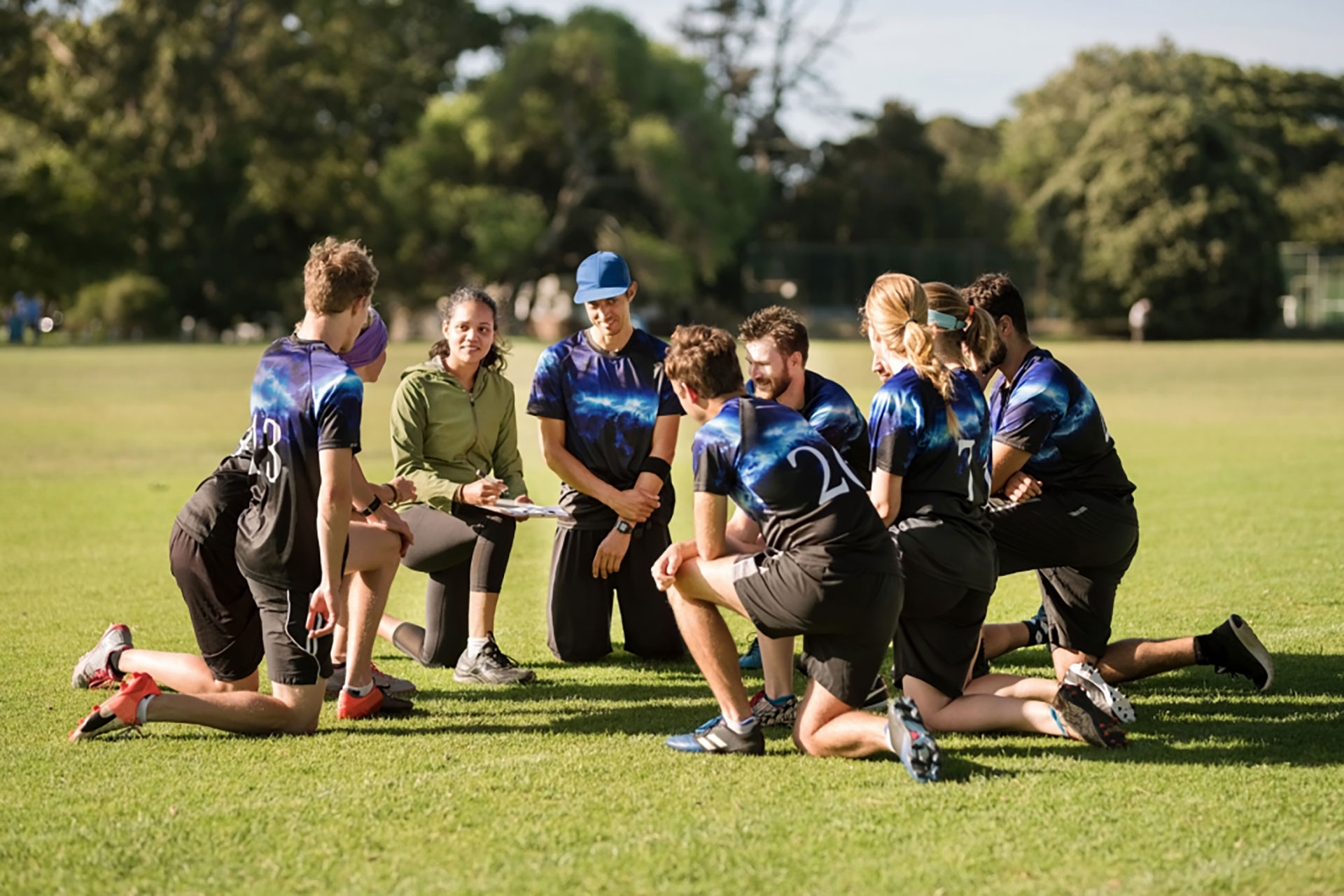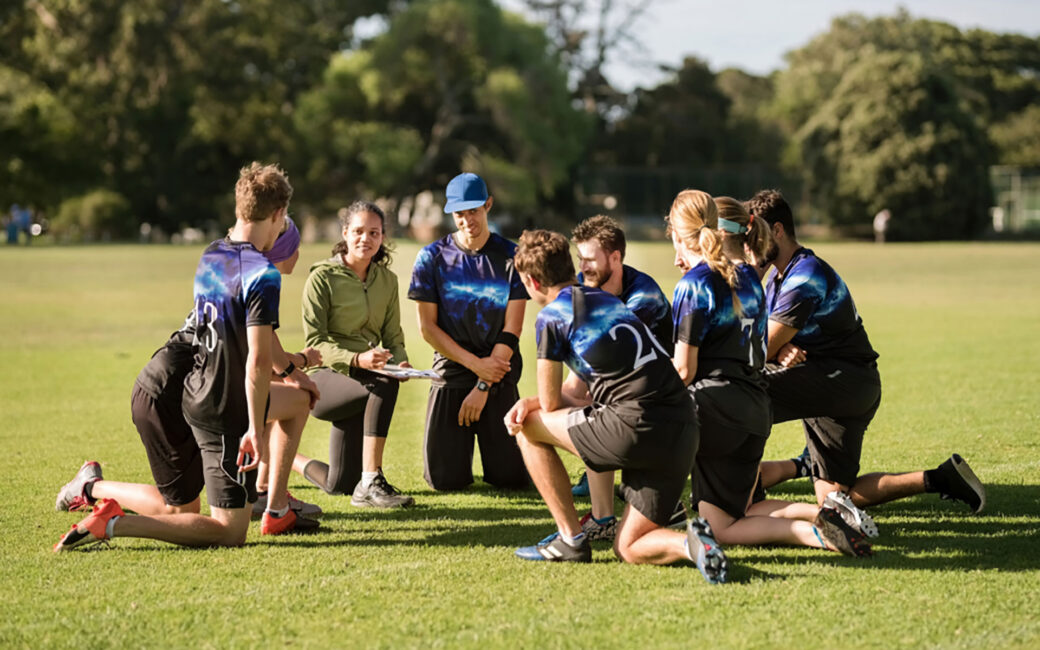The myth of the pre-performance “hype-up”
While some people think getting "hyped" before a performance is beneficial, it may actually have adverse effects and hinder performance.
Jun 1, 2021 | Riley Fitzgerald, Ed.M.

For athletes, exercisers and performers of other varieties, the development of routines plays a critical role in optimal pre-performance preparation. Developed and executed properly, routines provide performers with a consistent approach for eliciting and leveraging the physical and mental states that set the stage for optimal performance.
We often think of pre-performance preparation as a light switch of sorts: either the switch is flipped and you’re ready to go, or it remains “off” and you aren’t. Further, we’re frequently taught that “ready to go” is synonymous with being hyped-up and ready to run through a wall (figuratively speaking, of course).
Hype can be detrimental
Though well intended, this conceptualization of pre-performance preparation is misguided and often does more harm than good. The truth is that optimal preparation is highly variable and individual in nature, requiring a more nuanced approach. While it’s true that some individuals perform well when hyper-activated physiologically and mentally, the reality for many is that this over-arousal elicits a detrimental stress response and negatively impacts performance as a result.
Physiological arousal is vital to performing well, as it allows us to harness resources from the body that are necessary for any type of vigorous activity. But at a certain point, activation of the body can turn into a stress response that becomes hindering rather than energizing. Hyperventilation, fast heart rate and heightened muscle tension are a few examples of the physiological consequences of over-arousal which, subsequently, are correlated with outcomes such as fatigue (1) and increased likelihood of injury (2).
Let’s also consider the psychological side of pre-performance activation and preparation. How we feel physically can influence our mood, where our attention is placed, as well as our thoughts and self-talk (3)†. While the emotions and cognitions that prime optimal performance vary from person-to-person (4), a general feeling of excitement is often described as a beneficial psychological state that is elicited by getting “hyped up.” Yet, when over-activated physically, feelings of excitement can quickly turn into cognitive stress, worry and doubt, among other less desirable mood states.
Identifying your sweet spot
Rather than viewing preparation and activation as the flip of a switch, it can be helpful to imagine the process as being more of a dial. Being “in the zone” looks and feels different for every athlete and performer. Take a look at the dial to the right. If a 1 means that you are so relaxed that you are on the verge of sleep, and a 10 is so riled up that your heart feels like it might jump out of your chest, what’s your optimal number before a game, match, lift or performance?

Exploring the questions below can help us identify our sweet spot and begin to explore what it looks like, why it helps us and what we can do to get ourselves in that spot before we perform. If you’re having trouble, think back to a past performance where you performed well.
“When I feel prepared and ready to play, I am…”
- Physically feeling?
- Thinking about?
- Saying to myself?
Take Control
With an understanding of what being in the zone looks like, we can start to assess our pre-performance routines. Maximizing routines requires an honest reflection of how we utilize our time before competition/performance. Here are a few things to consider:
"What am I doing before performing? Is this process consistent, or does it vary from performance to performance?"
Are the actions involved in my routine intentional? If so, what purpose do they serve?
- When I’m above my sweet spot:
- When I’m below my sweet spot:
What can I add to my routine that will help me reach my sweet spot number?
- When I’m above my sweet spot:
- When I’m below my sweet spot:
The dial can be a valuable tool for identifying and embracing our individual needs and preferences. This approach also highlights the fact that preparation isn’t always a matter of getting hyped up. Of equal importance is the ability to recognize when we are over activated and need to “dial down.” We can’t always hit our exact sweet spot prior to performing, but we can set ourselves up for success by intentionally nudging the needle in the right direction.
While some people can identify their sweet spot on their own, some may need additional guidance. One-on-one mental performance coaching is a great opportunity to learn more about stress regulation and to develop personalized, tailored pre-performance routines that can be replicated time and again to enhance your success.
†The mind-body relationship goes both ways. Over-activation of the body, as discussed previously, can influence our mental state. Our perceptions of the demands in front of us – the task at hand and whether we feel competent, our opponent, and so on – can likewise shape our physiological activation.
